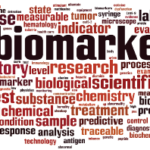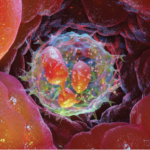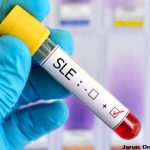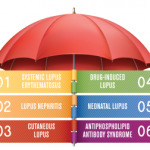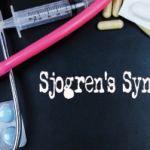Patients who do not fulfill classification criteria for systemic lupus erythematosus (SLE) can be referred to as having probable SLE (pSLE). These patients can be identified with cell-bound complement activation products (CB-CAPs), according to a recently published study in Arthritis & Rheumatology.1 The findings are relevant because the existing Systemic Lupus Erythematosus International Collaborating Clinics…

